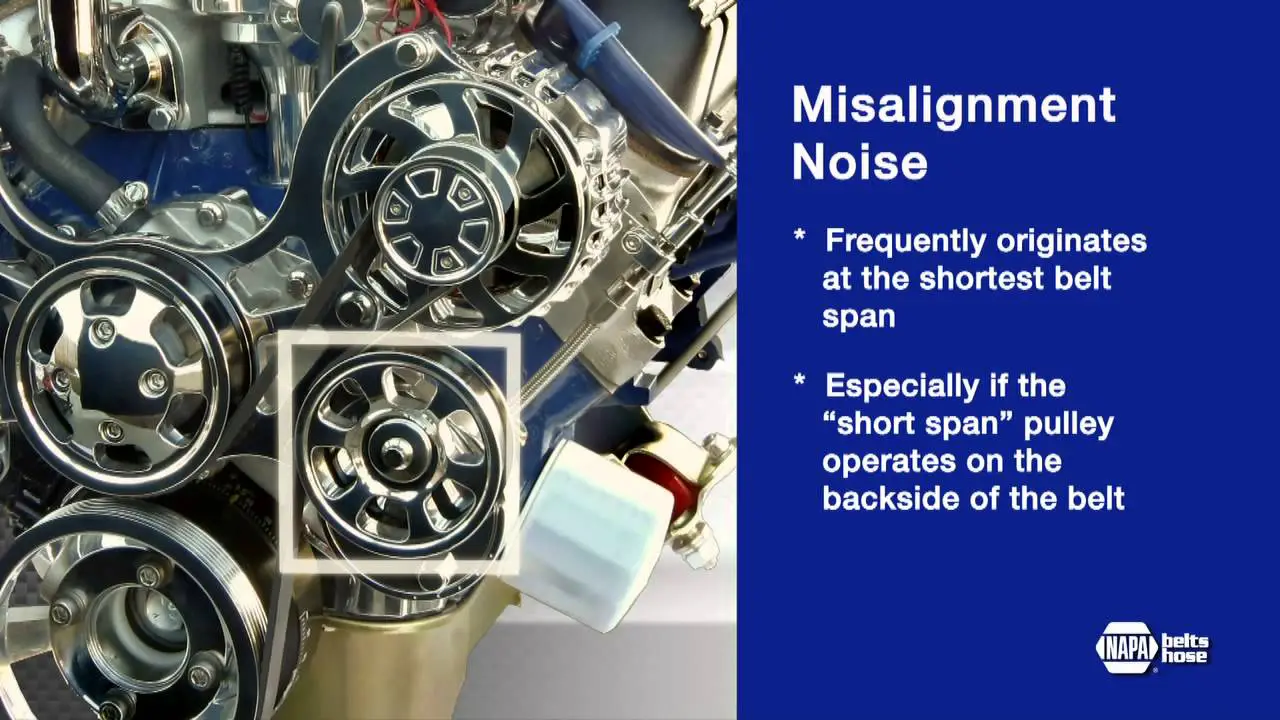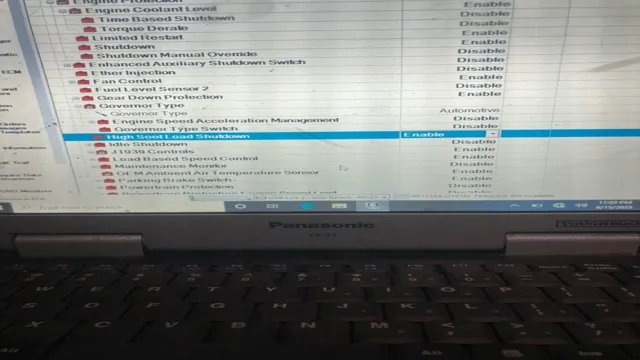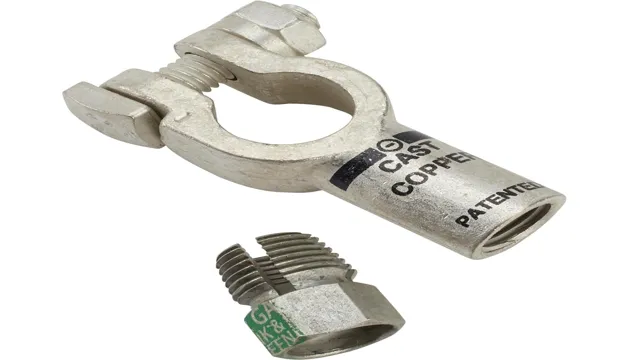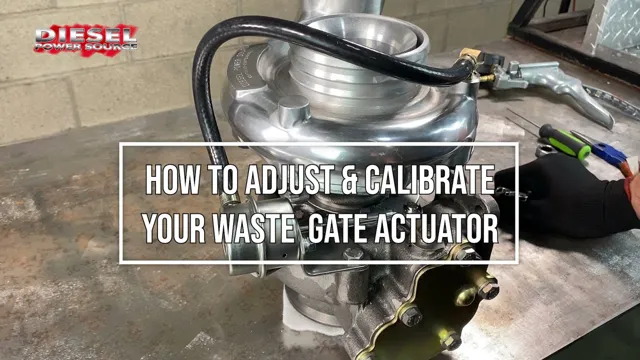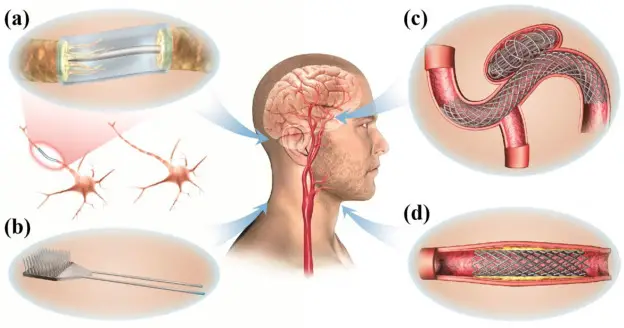How to Fix Misaligned Serpentine Belt
If you’re experiencing squealing noises coming from under the hood of your car, it could be a sign of a misaligned serpentine belt. The serpentine belt, also known as a drive belt, is a critical component in your vehicle that drives the alternator, power steering pump, air conditioning compressor, and other vital systems. When it becomes misaligned, it can cause a range of issues including loss of power steering, battery not charging, and engine overheating. Here’s a guide on how to fix a misaligned serpentine belt:
Diagnose the Problem
The first step in fixing a misaligned serpentine belt is to diagnose the problem. Start by visually inspecting the belt for any signs of wear, cracks, or looseness. Check if the belt is properly seated on all the pulleys and ensure there are no foreign objects lodged between the belt and the pulleys. If the belt appears to be in good condition, the issue may be with the pulleys or the belt tensioner.
Check Pulley Alignment
Ensure that all the pulleys the serpentine belt rides on are aligned properly. A misaligned pulley can cause the belt to slip or come off entirely. Use a straight edge or laser alignment tool to check the alignment of the pulleys. If any of the pulleys are out of alignment, they will need to be adjusted or replaced to fix the issue.
Inspect the Belt Tension
A serpentine belt tensioner is designed to maintain the proper amount of tension on the belt. Over time, the tensioner can wear out, leading to belt misalignment. Check the tensioner for proper operation and ensure it provides enough tension to keep the belt aligned. If the tensioner is found to be defective, it should be replaced to prevent future misalignment issues.
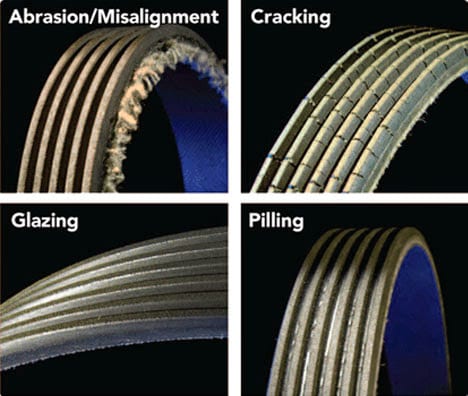
Credit: fifthgear.biz
Adjust or Replace the Belt
If the belt is worn, cracked, or damaged, it should be replaced immediately. Even if the belt looks okay, it’s a good idea to replace it if it’s been in use for more than 60,000 miles, as preventative maintenance. To adjust the tension of the belt, locate the tensioner pulley and use a ratchet or wrench to loosen it. Slide the belt off the pulley and install the new belt, making sure it’s properly seated on all the pulleys. Use the appropriate tool to apply tension to the belt and tighten the tensioner pulley to secure the belt in place.
Test the Belt
After reseating or replacing the serpentine belt, start the engine and monitor the belt for any signs of misalignment. Listen for abnormal noises and visually inspect the belt as the engine runs. If everything looks and sounds normal, the issue is likely resolved. However, if the problem persists, there may be underlying issues with the pulleys, tensioner, or other components that require further inspection.
Frequently Asked Questions For How To Fix Misaligned Serpentine Belt
How Do You Know If Your Serpentine Belt Is Misaligned?
If you hear squealing or notice wear on the edges, your serpentine belt may be misaligned.
What Are The Signs Of A Misaligned Serpentine Belt?
Common signs include squealing, uneven wear, and slipping off the pulleys.
Can I Fix A Misaligned Serpentine Belt Myself?
Yes, carefully inspect and adjust the tensioner and pulleys for proper alignment.
When Should I Replace A Misaligned Serpentine Belt?
If the belt is excessively worn or damaged, it’s best to replace it.
Conclusion
Fixing a misaligned serpentine belt is crucial for the overall performance and longevity of your vehicle. Regular inspection and maintenance of the belt, pulleys, and tensioner can help prevent misalignment issues. If you’re not comfortable performing these tasks yourself, it’s always best to consult a qualified mechanic to diagnose and fix the problem.

